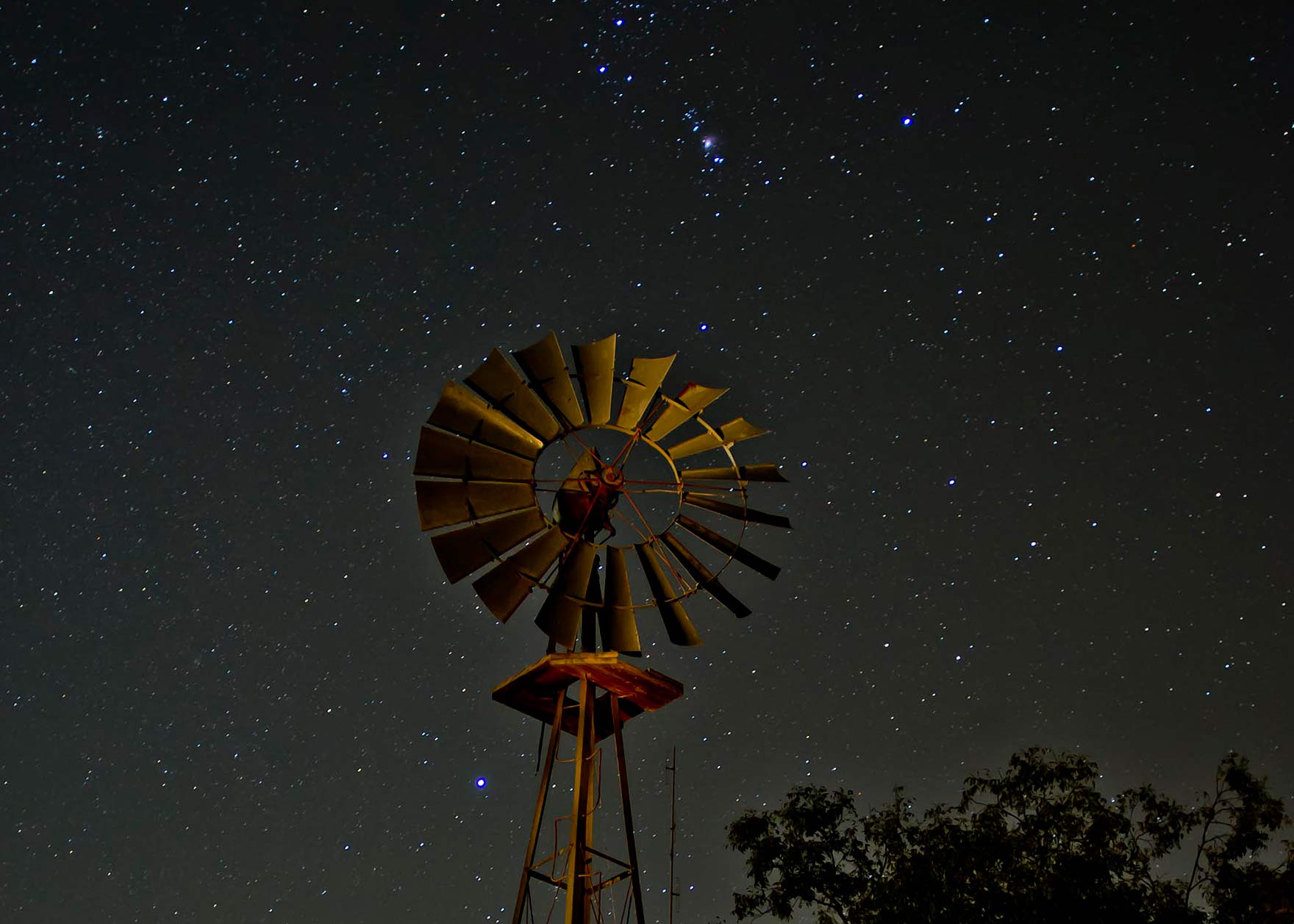Meteors Over Texas
This is Passport to Texas
When small fragments of cosmic debris—created when a comet swings past the sun—enter the earth’s atmosphere at high rates of speed, they’re visible as streaks of light in the night sky. And there are plenty of meteor showers on the way.
The popular Perseid meteor shower, which peaks in mid-August, is among the more popular meteor events, and seems to originate from the constellation Perseus. In dark sky locations, expect to see up to 75 meteors an hour.
From early October to Mid-November the Orionids are visible. In a normal year you may see 20-25 meteors an hour; in a great year, as many as 50/hr.
The Leonids, are visible much of November, caused by the comet Temple-Tuttle. The Leonids have offered stunning meteor storms as recently as 2001, but expect only 15 meteors an hour through 2031 when the comet reappears.
The Geminids, visible from early to mid-December, are often bright and intensely colored. Meteors start showing up before 10 p.m., which means you don’t have to get up in the middle of the night to see them.
Whether you see 1 or 100 meteors, it’s always a thrill. You can always find more stargazing information in the Texas Parks and Wildlife website.
For Texas Parks and Wildlife…I’m Cecilia Nasti.



 Passport to Texas is a
Passport to Texas is a  Passport to Texas is made available by:
Passport to Texas is made available by: